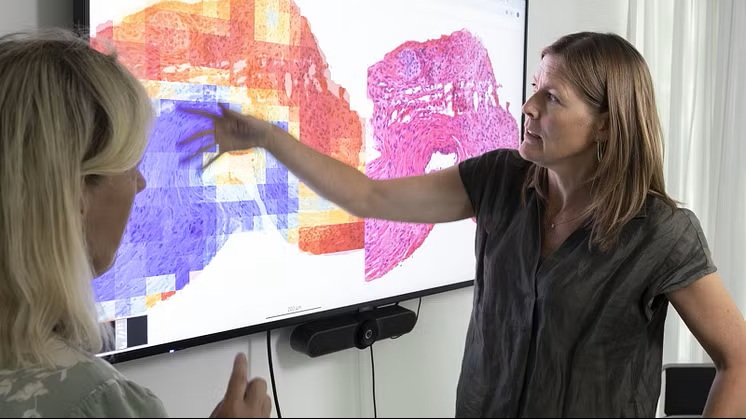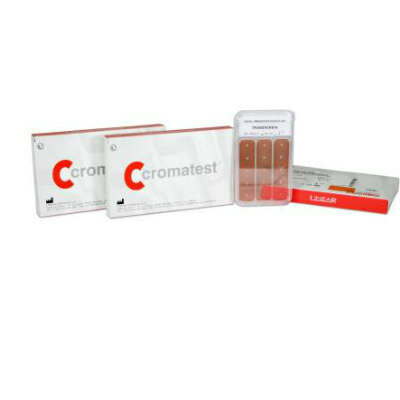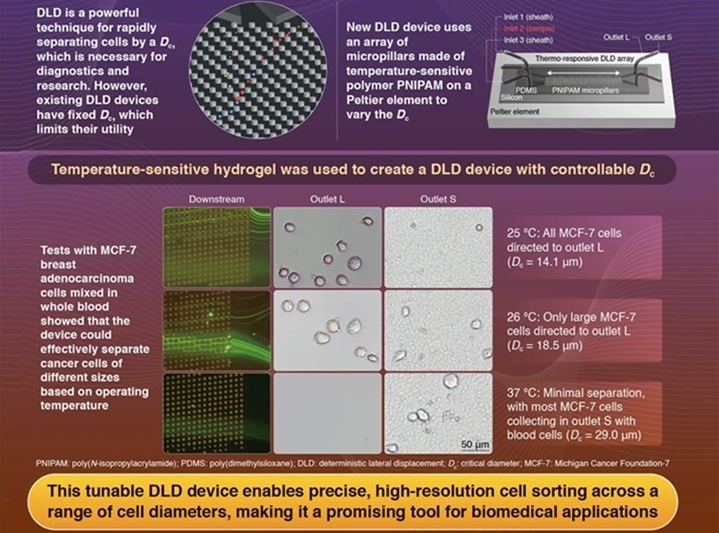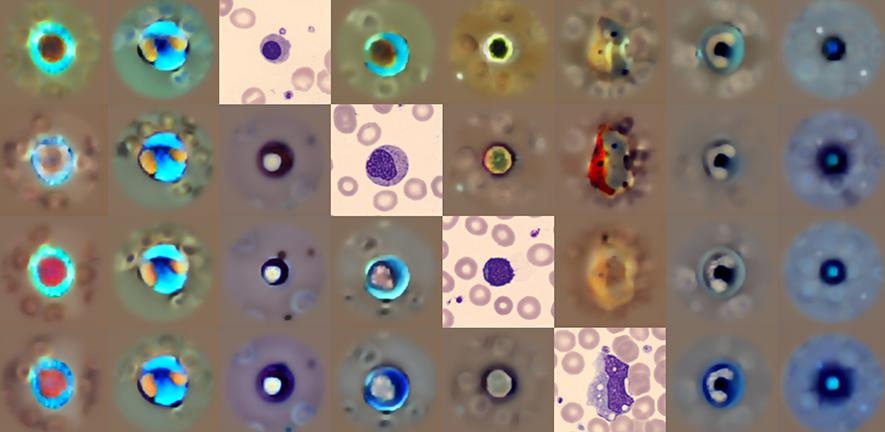AI Detects Early Prostate Cancer Missed by Pathologists
Posted on 26 Aug 2025
Men who are assessed as healthy after a pathologist examines their prostate tissue may still harbor an early form of cancer. The difficulty lies in the fact that subtle tissue changes often remain invisible to the human eye, leading to cancers being missed until they become more aggressive. Researchers have now demonstrated that a new artificial intelligence (AI) tool can identify these hidden signs well before traditional pathology reveals them.
The AI tool developed by researchers at Uppsala University (Uppsala, Sweden), in collaboration with Umeå University (Umeå, Sweden; www.umu.se), is trained to analyze prostate tissue images, pixel by pixel, to identify abnormal patterns present in men who later develop cancer. Unlike earlier studies that focused on single mutations or obvious tissue changes, this system can detect minute, complex changes in the tissue architecture.

In the study, nicknamed the ‘missed study’, as the goal of finding the cancer was ‘missed’ by the pathologists, the researchers examined biopsy samples from 232 men whose tissues had initially been assessed as healthy by pathologists. Within two and a half years, half of these men developed aggressive prostate cancer, while the rest remained cancer-free eight years later. The AI was trained on these samples and then tested on an independent set of images to validate its accuracy.
The findings, published in Scientific Reports, show that the AI detected early signs of prostate cancer that were missed by pathologists in more than 80% of samples from men who later developed the disease. When reviewing the patterns ranked most informative by the AI, the researchers found subtle changes in the tissue surrounding prostate glands, consistent with results from other studies. This confirmed that the AI can pick up clinically significant signals invisible to human observers.
Such an approach could transform how men diagnosed as healthy are monitored in the future. The system may help determine how soon follow-up tests should occur, reducing the risk of late detection of aggressive cancers. Importantly, the imaging data and methods used in this study are openly available, enabling other researchers to further refine the model and apply it to broader clinical practice.
“We have now shown that with the help of AI, it is possible to find signs of prostate cancer that were not observed by pathologists in more than 80 per cent of samples from men who later developed cancer,” said Carolina Wählby, who led the AI development in the study.
Related Links:
Uppsala University
Umeå University









 (3) (1).png)



